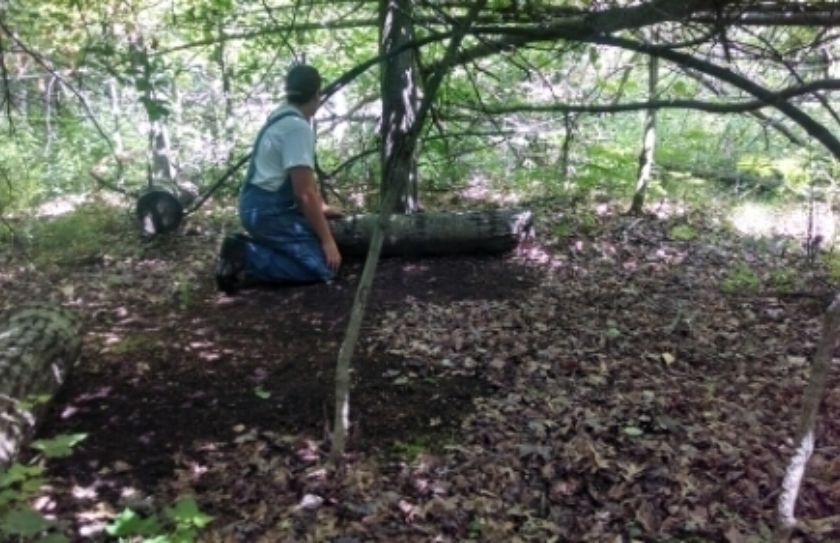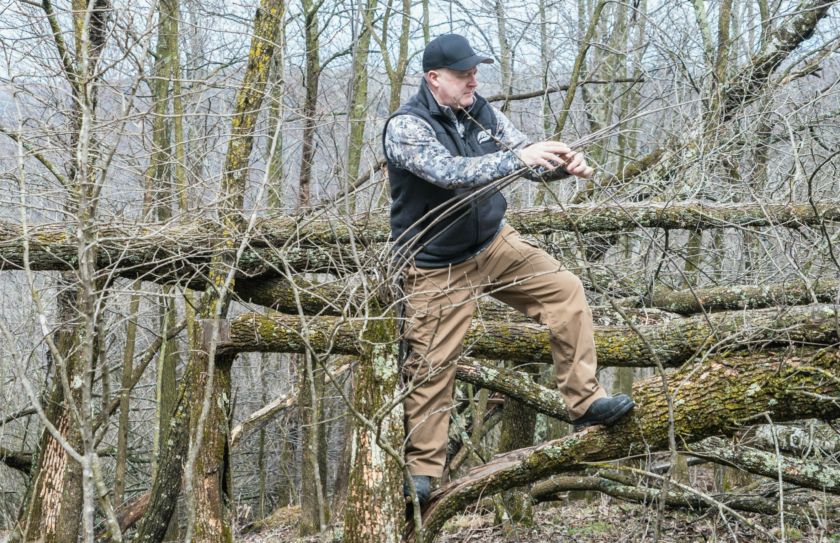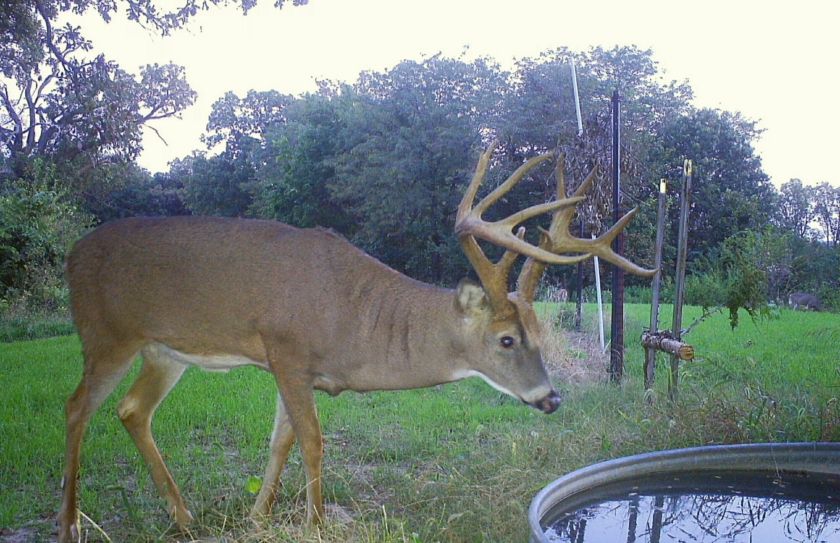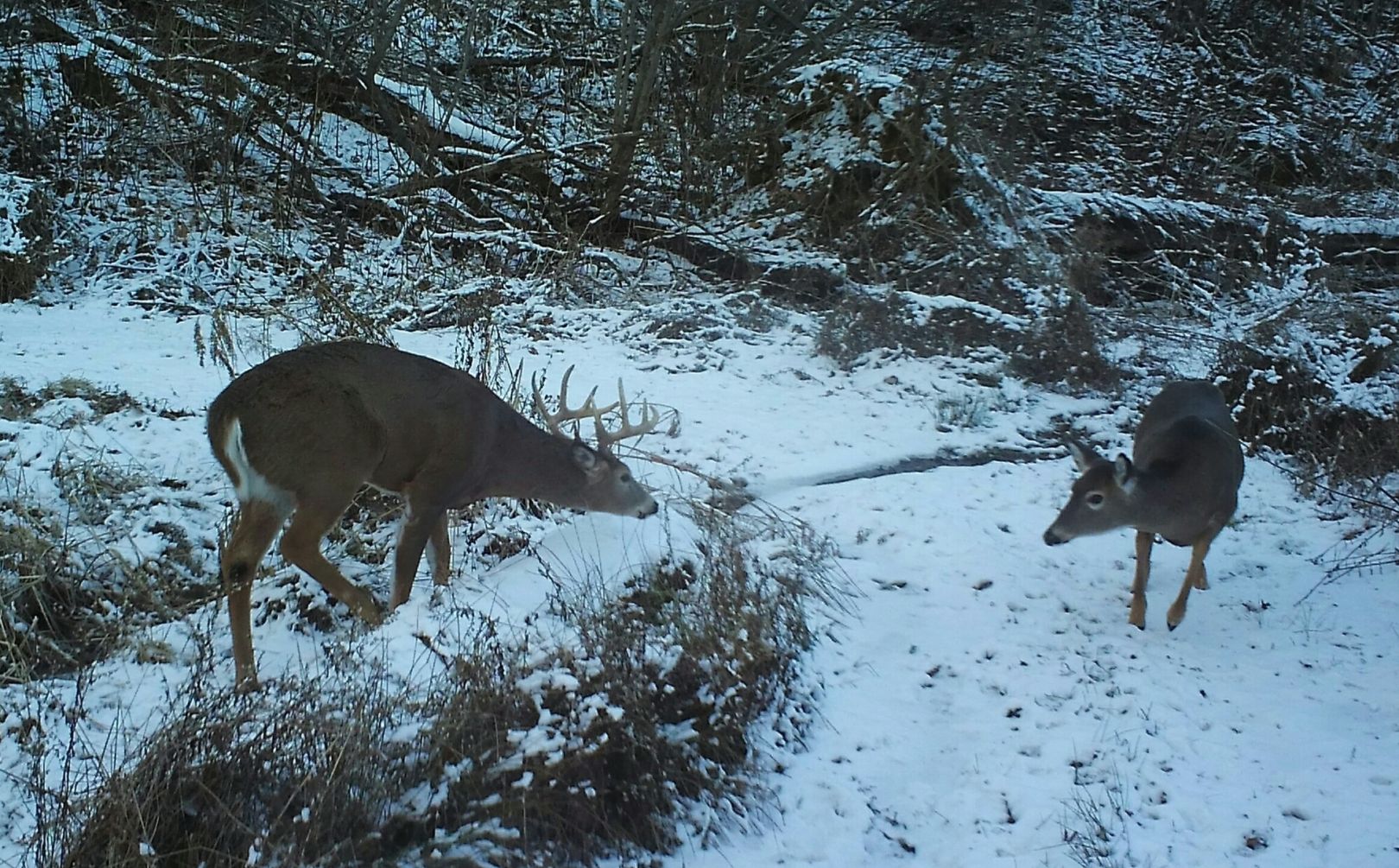
So what really is the top deer management tip that you can apply to your land? Each year, in particular during the offseason, social media and hunting forums are full of various deer habitat improvement tips, including: Hinge cuts, waterholes, food plots, travel corridors and mock scrapes; just to name a few. Unfortunately, so much emphasis is often placed on the improvement of the habitat and herd, that the level of hunting strategy has a tendency to be neglected.

*My Whitetail Success by Design trilogy of books, offers you the complete line-up of habitat, herd and hunting strategies. There are also over 100 reviews on Amazon, so make sure to check those out too, if you would like to see what others have to say about how the books have helped.
What is the top deer management strategy?
"That no amount, or quality level, of habitat improvements, can over come a low quality hunting approach". How a land is hunted, will ultimately determine the level of success for the deer management program that is being applied to the land. It's easier to consistently harvest mature bucks on a parcel with average habitat that is hunted properly, then it is to find success on great habitat, that is hunted poorly. In fact as the level of attraction increases with high quality habitat improvements, hunters will find themselves at an even greater risk of spooking the higher number of deer that are ultimately attracted to the land.
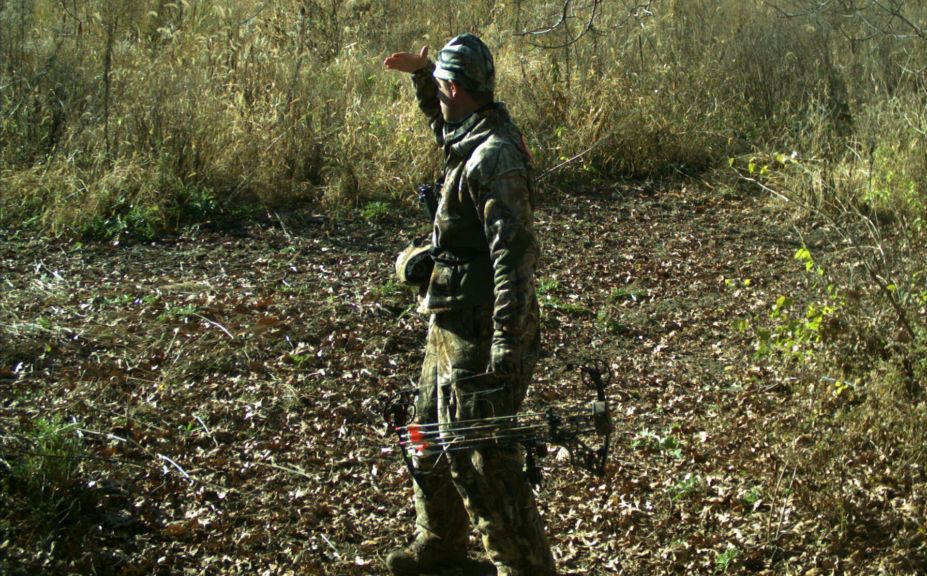
*The majority of landowners apply an awful lot of hunting pressure to their land. Make sure to check out "Hunting Pressure Secrets for Mature Bucks", to make sure that you are using neighboring hunting pressure to your advantage!
A constant dilemma:
As a deer habitat consultant, I am of course expected to make habitat improvement recommendatons; and I certainly do! In fact, before a private parcel of land can be hunted, the entire structure of deer movement needs to be scouted, recognized and built. If a hunter is spending his time on public land, the land still needs to be scouted, recognized and then exploited. However, in either case, the structure of deer movement (bedding, travel and food), has to be recognized and defined first in order to implement an effective hunting strategy, second. So what is the constant deer management dilemma? That hunters expect me to make recommendations to improve their habitat, when often the top deer management improvement they can make, is how they hunt.
Hunting Improvement:
There are many aspects of the approach for hunting mature bucks that can be improved, but several practices consistently move to the top of the list, when analyzing a deer management program. Would improving any of these 7 areas, potentially assist you in reaching your deer management goals?
1. Excessive ATV Use
2. Food Source Stand Locations
3. Poor Stand Timing and Stand Rotation
4. Low Potential Sit Opportunities
5. Poor Doe Harvest Practices
6. Obtrusive Hunter Movements
7. Practicing Immature Buck and Doe Family group hunting tactics, instead of mature buck methods
-Consistent mature buck harvest requires a completely different set of strategies when compared to the consistent harvest of young bucks and does. Has the quality of your hunting approach, paralleled the increase in the quality of your habitat and herd?
The Bottom Line:
If the structure of deer movement has been completely recognized and defined on the land that you hunt, while still allowing you to access on and off the parcel, without spooking deer, then you have accomplished a major feat! If you can then make sure to focus on quality sits, coupled with an efficient use of multiple stands within a logical pattern of use, you will most likely be ahead of the majority of hunters in the neighborhood. Finally, if your movements, equipment and stand locations allow you to quietly slink about your land like cougar or bobcat, then you will experience the complete package of a top deer management program that most rarely have an opportunity to experience. Habitat improvements will build the "house" of deer herd and deer management potential, and then how you hunt the land, will determine what ultimately lives in the house during the times that you can expect to influence the herd the most. When your program is in tip-top shape, you will experience that although habitat improvements can greatly influence the potential of your success, the proverbial lowest hole in the buck, will be how thehuntis managed, and not necessarily thehabitat.
When January and February roles around, many private land managers head to the habitat with a chainsaw in hand, and dozens of Winter, Spring and Summer improvements on the brain. However, this off season, I urge you to focus on improving your hunting strategy, as much as you do your habitat work. When you find the balance of habitat and hunting improvement, then you will ultimately get to enjoy the fruits of your labor, to the highest of its potential. By trading some chainsaw time for a few more compass, GPS and scouting missions, you will better equiped to experience the entire scope of a top deer management parcel.
